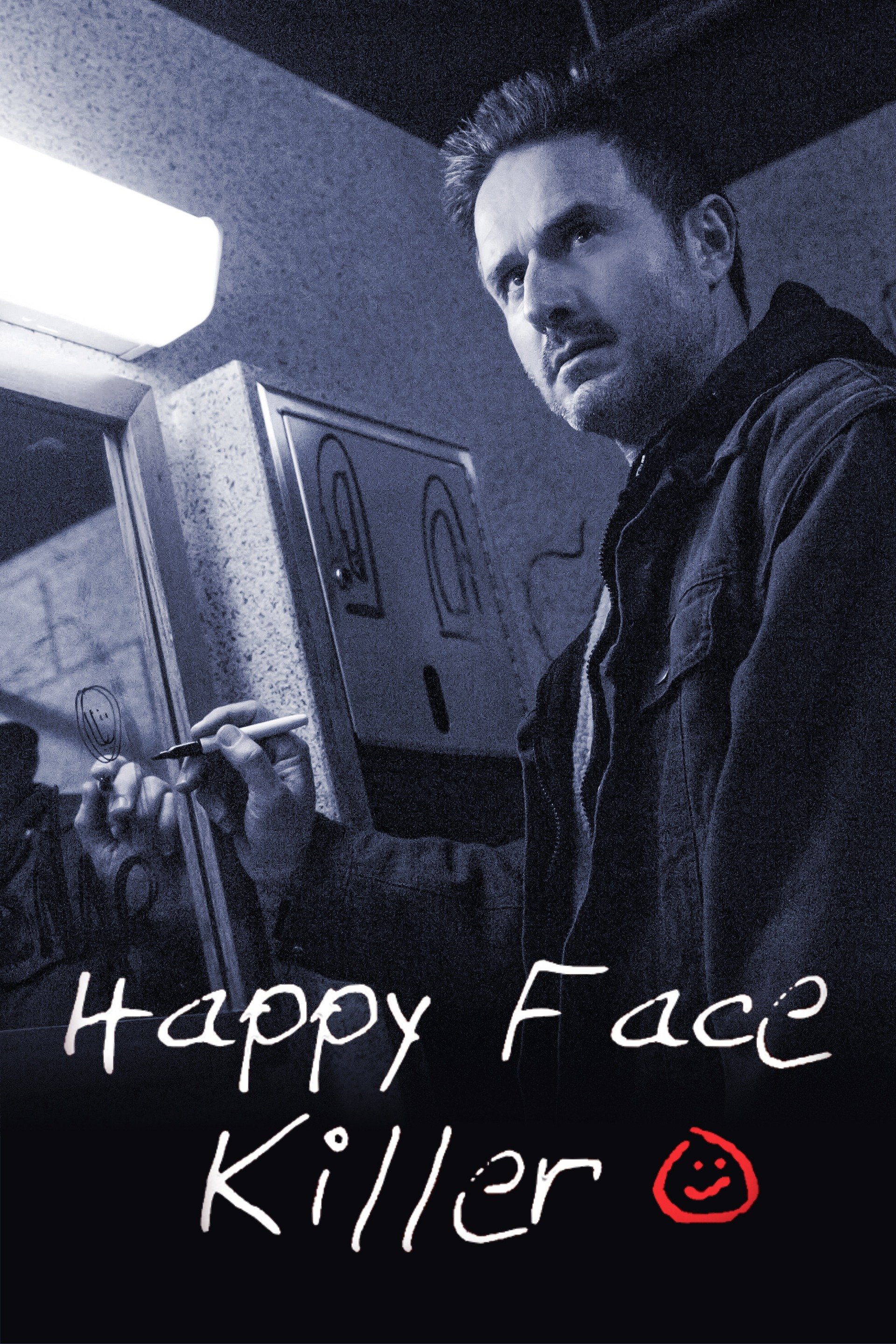The Happy Face Killer remains one of the most chilling cases in modern criminal history, captivating both true crime enthusiasts and law enforcement agencies worldwide. The case revolves around a serial killer who left a haunting calling card—a happy face symbol—near the crime scenes. This cryptic symbol has sparked countless debates and theories, leaving investigators baffled for decades. The Happy Face Killer's story is not just about the crimes themselves but also about the psychological impact on society and the justice system.
This article delves deep into the life, crimes, and legacy of the Happy Face Killer, exploring the motives, methods, and the eventual capture of the perpetrator. It also examines the broader implications of such a case on criminal profiling and the justice system, shedding light on how society responds to such heinous acts.
Through detailed analysis and expert insights, we aim to provide a comprehensive understanding of the Happy Face Killer case while maintaining sensitivity towards the victims and their families. This story is a reminder of the complexities of human behavior and the importance of justice in our society.
Read also:Discovering The Artistic Journey Of Lucy Pounder
Table of Contents
- Biography of the Happy Face Killer
- Early Life and Background
- Crimes Committed by the Happy Face Killer
- The Investigation Process
- Psychological Profile of the Killer
- Capture of the Happy Face Killer
- Legal Proceedings and Sentencing
- Impact on Society and Justice System
- Legacy of the Happy Face Killer
- Conclusion and Final Thoughts
Biography of the Happy Face Killer
The Happy Face Killer refers to the infamous serial murderer known as Keith Hunter Jesperson. Born on October 3, 1955, in Medford, Oregon, Jesperson's early life was marked by a mix of ordinary experiences and warning signs that foreshadowed his future actions. Below is a detailed biography and biodata of the individual:
Personal Information
| Full Name | Keith Hunter Jesperson |
|---|---|
| Date of Birth | October 3, 1955 |
| Place of Birth | Medford, Oregon, USA |
| Known Alias | The Happy Face Killer |
| Occupation | Truck Driver |
| Crimes Committed | Serial Murder |
Early Life and Background
Keith Hunter Jesperson's early life was relatively unremarkable, growing up in a modest household in Oregon. However, as he matured, certain behavioral traits began to emerge that would later contribute to his criminal tendencies. His fascination with violence and control became evident during his teenage years.
Jesperson worked as a long-haul truck driver, which allowed him the freedom and anonymity to travel extensively across the United States. This mobility played a crucial role in his ability to commit crimes in various locations without immediate detection.
Crimes Committed by the Happy Face Killer
The Happy Face Killer is believed to have murdered at least eight women, although Jesperson himself has claimed responsibility for more than 160 murders. The victims were typically young women who were hitchhiking or otherwise vulnerable, making them easy targets for Jesperson's predatory behavior.
Methods Used
- Targeting vulnerable women, often hitchhikers
- Using his position as a truck driver to gain access to remote areas
- Strangling his victims and leaving them in secluded locations
The Investigation Process
Law enforcement faced significant challenges in tracking down the Happy Face Killer due to the lack of concrete evidence and the vast geographical area involved. The investigation spanned multiple jurisdictions, complicating the coordination efforts among various police departments.
A breakthrough came when Jesperson began sending letters and poems to the media, signed with the happy face symbol. These communications provided valuable clues that eventually led to his identification and arrest.
Read also:Exploring The Life And Love Of Jamie Xx Who Inspires The Renowned Musician
Psychological Profile of the Killer
Psychologists and criminal profilers have analyzed Jesperson's behavior to understand the motives behind his crimes. Several key factors stand out:
Key Characteristics
- A desire for attention and recognition, evident in his communications with the media
- A distorted sense of power and control over his victims
- A history of emotional instability and impulsivity
Studies indicate that individuals like Jesperson often suffer from deep-seated psychological issues that manifest in violent and antisocial behavior.
Capture of the Happy Face Killer
Keith Hunter Jesperson was finally arrested in 1995 after his mother tipped off the police about his suspicious behavior. The evidence collected from his home, including letters and poems, corroborated with the information provided by the media communications, sealing his fate.
During his trial, Jesperson showed little remorse, even going so far as to taunt the court and media with his actions. His arrest brought closure to the families of some of his victims, although many questions about his crimes remain unanswered.
Legal Proceedings and Sentencing
Jesperson's legal proceedings were complex, involving multiple trials across different states. He was ultimately sentenced to death in Oregon for the murder of Taunja Bennett, one of his victims. Despite his numerous confessions, Jesperson's claims of committing over 160 murders were never fully substantiated due to lack of evidence.
Impact on Society and Justice System
The Happy Face Killer case had a profound impact on both society and the justice system. It highlighted the need for better coordination among law enforcement agencies and the importance of leveraging media to gather public assistance in investigations.
Additionally, the case spurred advancements in criminal profiling techniques, helping investigators better understand the minds of serial killers and improve their chances of apprehension.
Legacy of the Happy Face Killer
Keith Hunter Jesperson's legacy is one of infamy, serving as a cautionary tale about the darkness that can lurk within individuals. His case continues to be studied by criminologists and psychologists, providing valuable insights into the psychology of serial killers.
Despite his notoriety, Jesperson's story also serves as a reminder of the resilience and determination of law enforcement and the justice system in their pursuit of justice for the victims and their families.
Conclusion and Final Thoughts
The Happy Face Killer case remains one of the most captivating and disturbing stories in the annals of criminal history. Through this article, we have explored the life, crimes, and eventual capture of Keith Hunter Jesperson, shedding light on the complexities of such cases and their broader implications.
We invite readers to engage in discussions about this topic by leaving comments or sharing this article with others interested in true crime. Additionally, we encourage exploring other articles on our site that delve into similar subjects, fostering a deeper understanding of the criminal mind and the justice system.
References:
- FBI Criminal Profiling Manual
- True Crime Magazine
- Various Law Enforcement Reports


